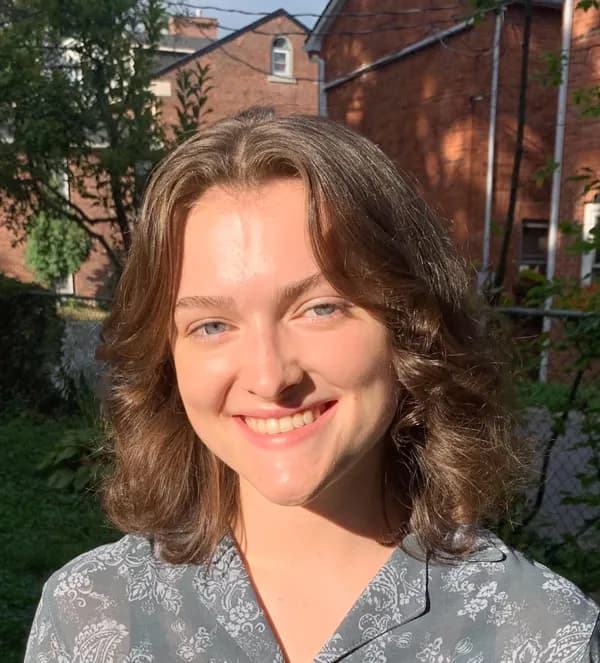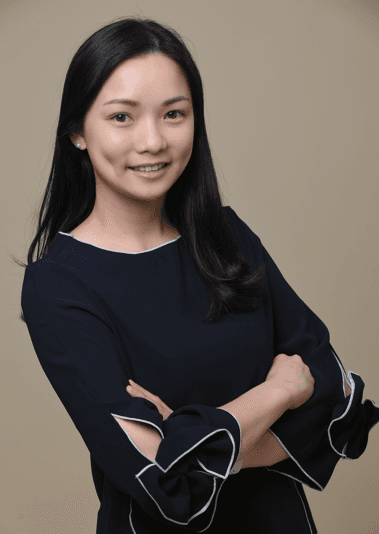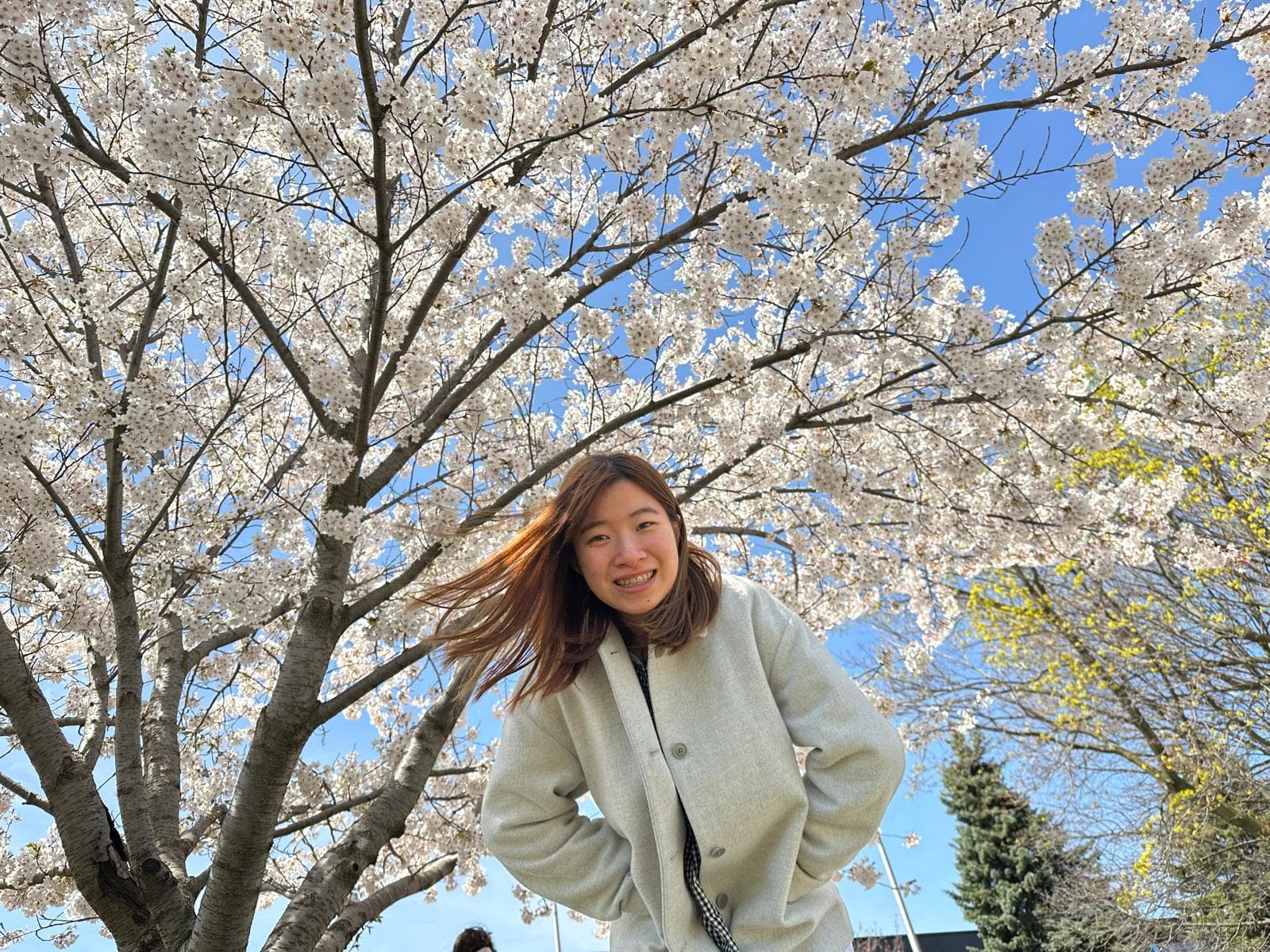The Ache for a Time You Never Lived Through?
Part 1 of 3: Loneliness, Nostalgia, and the Need for Real-World Connection
Lately, I’ve had more than a few conversations with younger clients and friends who say they feel like they’re missing something, but they can’t quite name what it is.
They describe feeling lonely even when they’re constantly engaged: trading memes, keeping streaks alive, gaming with others, chatting online, doom-scrolling, bed-rotting, or matching on dating apps. They’re “connected,” technically, but not fulfilled.
Researchers Qin et al. (2025) note that loneliness is shaped by a complex mix of factors, including demographic traits, social roles, personality, relationship quality, and, most powerfully, everyday experiences of prejudice and discrimination. And, while often associated with older adults, their analysis found that people aged 16–25 reported the highest levels of loneliness.
In my own conversations with clients and younger adults, I often hear a yearning for forms of connection, IRL: Face-to-face time, shared physical spaces, and unstructured gatherings, despite the constant availability of digital communication.
Think: Belonging in “analog”.
They’ll say things like:
“I wish I could’ve lived through the 80s or 90s.”
“Stranger Things makes me want to ride bikes with friends until dark.”
“I just want to go to a house party. Like, the kind where everyone brings something, someone’s playing guitar, and people actually talk.”
Tudehope et al., 2024, in their study, described the primary atmosphere of emotion in their sample of mental health posts on TikTok, the social media platform used especially by youth, to be around themes of sadness, loneliness, and despair.
So, even if you weren’t alive back then, you might know the feeling.
Maybe it comes in waves, or late at night.
A strange ache for something slower, softer, more tactile.
A room full of laughter.
Music that isn’t curated by an algorithm.
Eye contact that isn’t pixelated.
A kind of closeness that doesn’t need to be posted to be real.
Why Do We Long for the Past?
You’re not weird for romanticizing an era you never lived through. In fact, it’s more common than you might think. This kind of “vicarious nostalgia” taps into something deeper than retro fashion or vintage playlists.
When we imagine the past, we often imagine community.
We imagine:
Hanging out after classes or work without group chats
House parties where phones and screens weren’t a distraction
Neighborhoods where people actually knew each other
Moments of presence that weren’t interrupted by notifications
Going out on the regular rather than as an occasion - frisbee, water-slides, mini-golf, river trips, bbq in the park

Whether or not the past was objectively “better,” our longing is less about the decade itself and more about what it represents:
Belonging. Slowness. Presence.
And that ache you’re feeling? It might be telling you something important.
We Are Wired for Connection
There’s a biological reason this kind of nostalgia hits us so deeply.
As humans, we are wired for social connection.
It’s not a luxury or a personality quirk, it’s a core survival need.
From infancy through adulthood, our brains and bodies are shaped in relationship to others. Eye contact, shared meals, proximity, unstructured time, these aren’t just nice add-ons. They are the conditions under which our nervous systems learn to regulate and feel safe.
When we are physically near people we trust, our bodies release oxytocin, the bonding hormone, which reduces stress and signals safety. It helps calm the fight-or-flight system, brings our heart rate down, and tells us: you’re not alone anymore.
And yet, real-world connection, the kind that builds trust, takes time and repeated exposure to others in the same physical space. It doesn't come from a single emoji or a perfectly crafted text.
How Connection Is Built (and Why It Matters)
Connection contains trust and trust isn’t formed in a vacuum. It’s built over time, in shared, real-time experiences. These are the moments that matter:
Scaffolded conversations that start light and grow in depth
Reciprocal sharing, where one person opens up and the other gently follows
Reading the room, picking up on breath, tone, posture, eye contact, gesture
Watching someone lean in or pull back, soften or stay guarded
Small tests of vulnerability: a story offered, a joke shared, a truth admitted
How that bid for connection is received, remembered, and mirrored
These subtle, embodied cues help us determine:
Can I trust this person? Can I be more of myself here?
Our nervous systems crave co-regulation, a mutual exchange of presence, and when we are with one another in person, micro-expressions, subtle shifts in posture, breathing patterns, eye contact dynamics, and the shared sense of space or task are richly available. In online interactions, many of these cues are altered, making that exchange feel different and sometimes less satisfying.
Your Longing Makes Sense
So if you find yourself yearning for a time you never lived through, or missing a kind of closeness you can’t quite describe, you’re not broken.
That ache is your body’s way of remembering what it needs.
Not perfection. Not performance. Not a filtered version of connection.
But the real thing.
Presence. Proximity. People.
The longing you feel may be less about a specific decade and more about something much more universal: the human need to belong.
Up Next: What Happens When We Stay Disconnected?
In the next post, we’ll look at what happens when our nervous systems go too long without the connection they’re built for. We’ll explore the psychological and physiological toll of chronic loneliness and why it’s more than just an emotion. It’s a signal from your body, asking you to come home to others.
Next in the series: Loneliness in a Hyperconnected World
About the Post & References
This post is for general educational purposes only and does not constitute psychological advice or therapy and is not intended to replace personalized care from a licensed mental health professional in Canada.
Qin, Y., Victor, C., Qualter, P., & Barreto, M. (2024). Understanding the psychological, relational,
sociocultural, and demographic predictors of loneliness using explainable machine learning. Stigma and
Health. Advance online publication. https://dx.doi.org/10.1037/sah0000594
Tudehope, L., Sofija, E., & Harris, N. (2024). VentTok: Exploring the mental health narrative on TikTok.. Stigma and Health. Advance online publication. https://dx.doi.org/10.1037/sah0000577
About Stellocare
This insight comes from Stellocare, Canada’s trusted network of verified mental health professionals. Connect with our therapists today by asking our AI, browsing our list, or requesting a personal match from our social worker.


























